In a detailed breakdown of a captured Russian FPV (First Person View) drone, equipped with advanced machine vision technology, the Ukrainian military’s Birds of Magyar Battalion provides a rare insight into the evolving landscape of unmanned aerial warfare. This analysis not only reveals the technical details of the drone but also emphasizes a significant shift towards the use of Artificial Intelligence (AI) in conflict zones, underscoring a potential future in which autonomous and semi-autonomous machines increasingly dominate the battlefront.
A Closer Look at the Captured Drone
The Russian drone, lost to the Ukrainian forces in the Kherson region due to electronic warfare, was dissected by the Ukrainian military, revealing a sophisticated blend of technology aimed at enhancing its operational effectiveness. The drone, primarily constructed from components of the Chinese company Foxeer and reinforced with a 7-inch carbon fiber frame, was found to possess a unique onboard computer module, the Orange Pi 5, and a custom antenna designed to evade common electronic warfare systems.
According to the Ukrainian commander, for a modest $120-150 price increase over a standard FPV drone, this computer and software greatly reduces the main causes of mission failure – loss of control due to obstructed line of sight and electronic warfare. The AI can take over flying the drone to its target even if the human pilot loses the video feed or control link. This lowers the skill requirement for the human operators.
Key Features and Technological Advancements
- Initiation Board and Detonation System: A notable feature is the drone’s initiation board, equipped with a fuse button designed to detonate the device upon impact. However, a critical oversight by the drone’s operator, a failure to activate this fuse, allowed Ukrainian forces to capture and analyze the device intact.
- Onboard Computer – Orange Pi 5: The heart of the drone’s advanced capabilities lies in its onboard computer, the Orange Pi 5, a powerful yet cost-effective solution that significantly enhances the drone’s functionality. This single-board computer allows for complex processing, including the transformation of analog video signals from the drone’s camera into digital format for further analysis and decision-making.
- Machine Vision Technology: Perhaps the most groundbreaking aspect is the drone’s use of machine vision technology, enabling it to execute tasks with minimal human intervention. This technology allows the drone to identify and lock onto targets autonomously, reducing the skill level required from the operator and potentially altering the dynamics of drone warfare.
Operational Implications and the Future of Warfare
The analysis of this drone sheds light on the rapidly evolving field of military technology, where AI and machine learning are beginning to play pivotal roles. The use of machine vision and onboard computing capabilities signifies a move towards more autonomous systems on the battlefield, promising to increase operational efficiency but also raising questions about the future of human oversight in combat situations.

The Bigger Picture: Warfare in the Age of AI and Drones
As military forces around the globe continue to integrate AI into their arsenals, the incident of the captured Russian drone offers a glimpse into a future where the lines between soldier and machine, operator and autonomous agent, become increasingly blurred. This technological evolution is poised to redefine strategies, tactics, and the very nature of conflict, ushering in a new era of warfare characterized by rapid innovation and adaptation.
The detailed analysis of the captured FPV drone equipped with machine vision technology by the Ukrainian military not only highlights the ongoing technological advancements in warfare but also underscores the strategic importance of electronic warfare systems in modern conflicts.
As nations continue to develop and deploy AI-driven systems, the need for skilled human operators may diminish, but the demand for strategic, ethical, and tactical oversight will undoubtedly increase. The battlefield of the future will be shaped by the ability of nations to adapt to and leverage these emerging technologies, ensuring that human judgment remains at the core of warfighting decisions.




















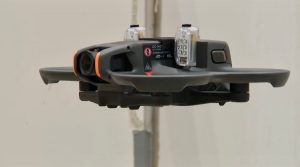
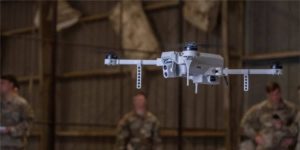
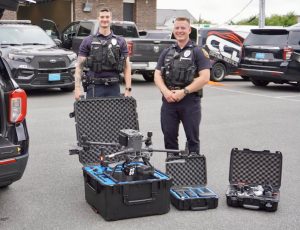




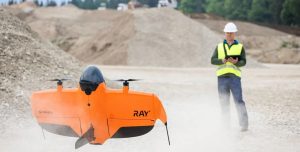


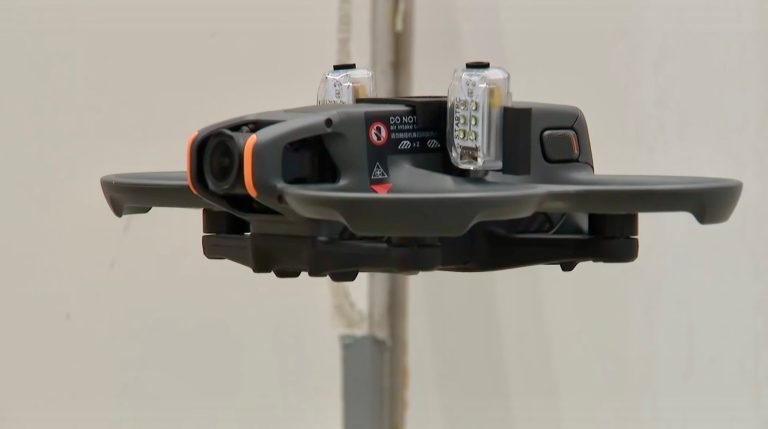
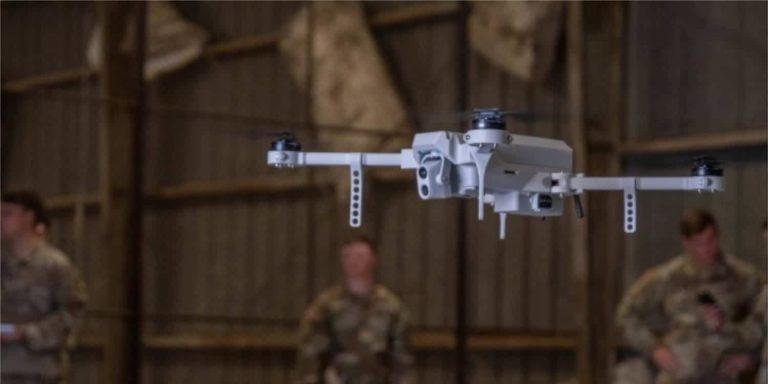

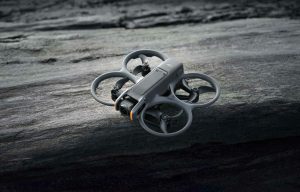
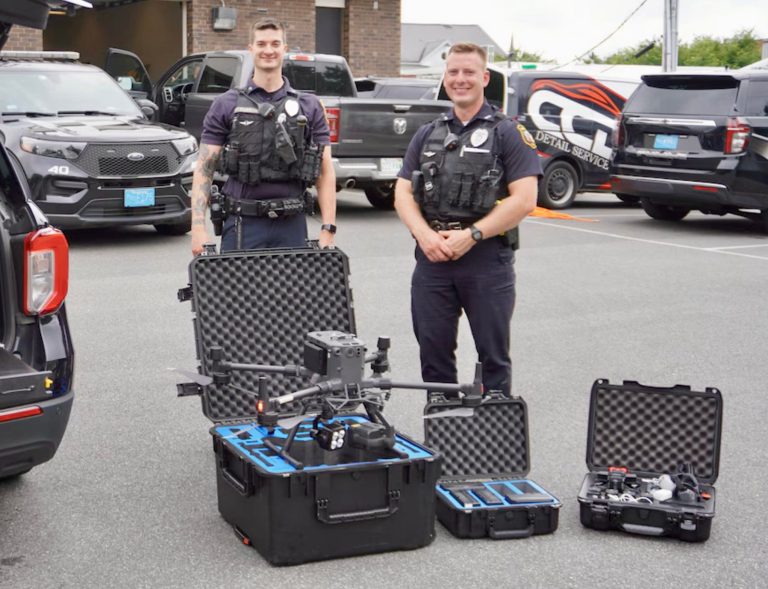




+ There are no comments
Add yours